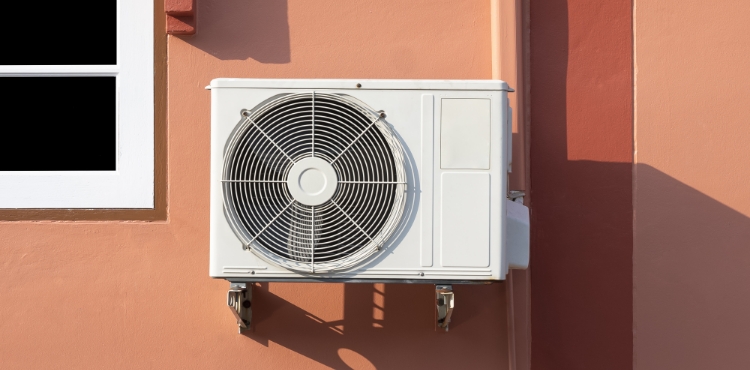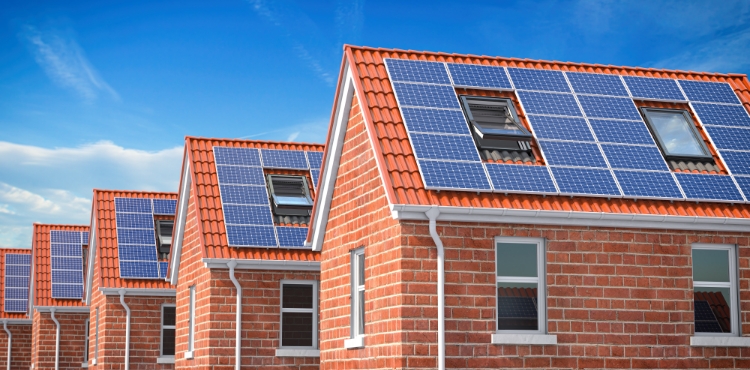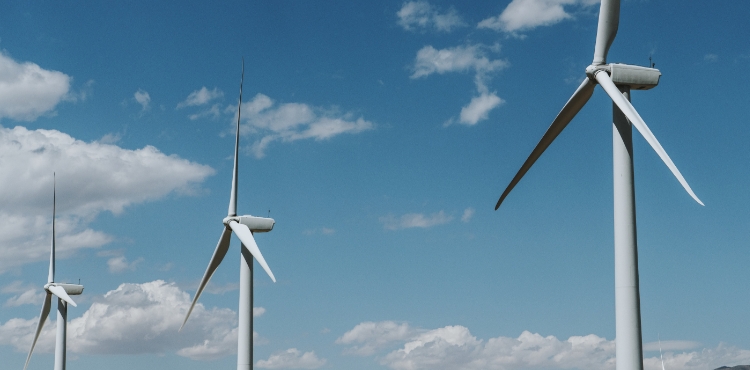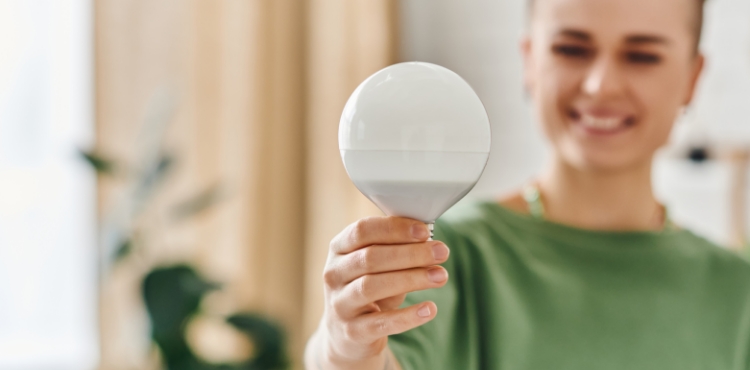1. The birth of air conditioning: Cooling the masses
Air conditioning has come a long way since its inception. In the early 20th century, it was primarily used in commercial spaces and luxury homes. As technology advanced, air conditioning became more accessible and affordable, leading to its widespread adoption in residential buildings and vehicles. The convenience and comfort it offered revolutionized the way we live and work.
2. The environmental impact: Striking a balance
While air conditioning has undoubtedly improved our quality of life, its energy consumption and reliance on potent greenhouse gases have contributed to climate change. Traditional air conditioning units use refrigerants like hydrofluorocarbons (HFCs), which have a significant global warming potential. The need for more sustainable alternatives has become imperative.
3. Energy efficiency: From SEER to smart controls
Energy-efficient air conditioning systems have become a key focus in the industry. The Seasonal Energy Efficiency Ratio (SEER) rating measures the cooling efficiency of an air conditioner. Higher SEER ratings indicate greater energy efficiency, reducing both electricity consumption and greenhouse gas emissions. Additionally, smart controls and programmable thermostats allow users to optimize cooling settings, reducing energy waste and costs.
4. Innovations in cooling technology: Sustainable solutions
To address the environmental impact of air conditioning, researchers and manufacturers have been developing sustainable cooling technologies. Some of these innovations include:
Solar-Powered Air Conditioning:
Utilizing solar energy to power air conditioning systems reduces reliance on the grid and lowers carbon emissions.
Evaporative Cooling:
This method uses water evaporation to cool the air, consuming significantly less energy than traditional air conditioning.
Magnetic Cooling:
Based on the magnetocaloric effect, this technology uses magnetic fields to cool air, eliminating the need for refrigerants altogether.
5. Passive cooling solutions: Going back to basics
Passive cooling techniques focus on designing buildings to naturally maintain comfortable indoor temperatures, reducing the need for active cooling. This includes strategies such as proper insulation, shading, natural ventilation, and efficient building materials. Passive cooling solutions not only promote sustainability but also improve energy efficiency and reduce reliance on mechanical cooling systems.
Conclusion:
As the demand for air conditioning continues to rise, it is crucial to balance comfort and sustainability. The evolution of air conditioning technology has brought us energy-efficient systems, sustainable cooling solutions, and innovative alternatives. By embracing these advancements and adopting greener practices, we can reduce our carbon footprint while still enjoying the benefits of cooling during hot summers. Let us strive for a future where staying cool goes hand in hand with staying sustainable.
To find out more about the sustainable, cost-saving benefits of air conditioning in your home or business, call 0800 644 6750 or email [email protected]



